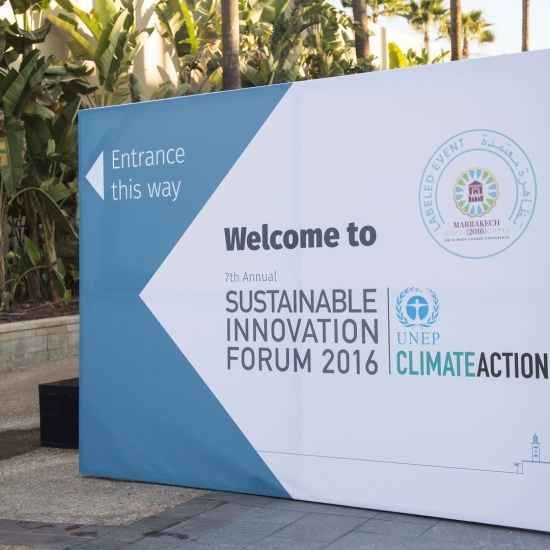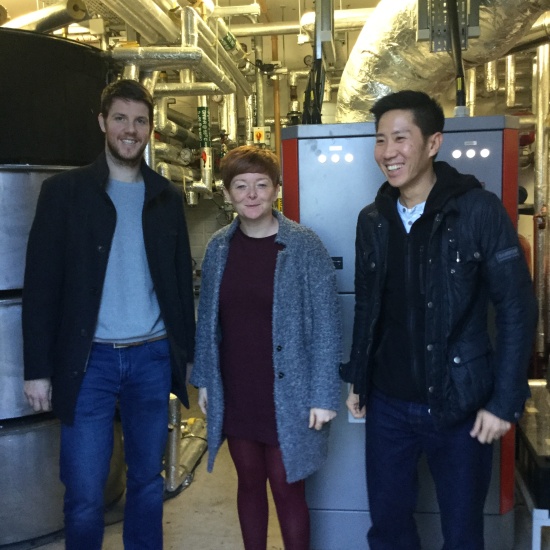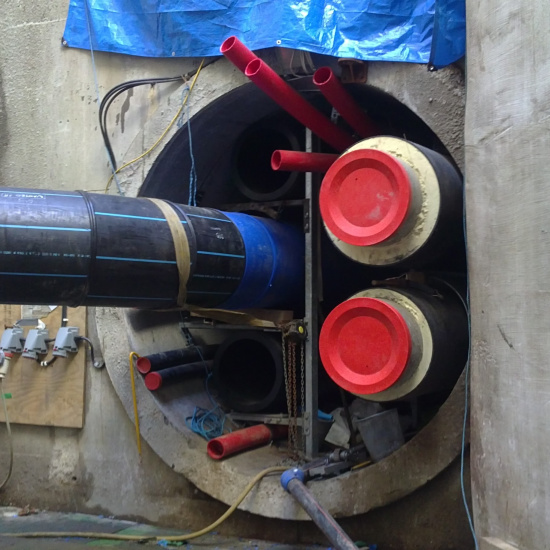"Stat Chat" - Credit Where Credit is Due
Statisticians in SEAI show how electricity account credits and VAT reductions have stopped the effective price of electricity into Irish homes from doubling
Statisticians in SEAI have just completed a survey of Irish electricity and gas suppliers, to satisfy Ireland's international reporting obligations under the European Price Regulation (EU 2016/1952). Our analysis of Ireland's latest household electricity prices makes for fascinating reading. The price data clearly shows how VAT reductions, and the series of €200 account credits applied to household electricity bills in 2022 and 2023, have substantially helped keep down the effective unit price of electricity.
When it comes to expressing the true cost of energy, 'effective unit price' is the best measure, and it's how international reporting must be made. The effective unit price sums-up not only the unit cost of energy, but also any standing charges, taxes, and levies that are applied. As a result, the effective unit price is typically a bit higher than the 'unit price' that you'll see listed on your electricity or gas bill (but it's a truer measure of how much you're effectively being charged per unit consumed). A good analogy for the effective unit price is the 'cost per km' of running a car. When you do this calculation, you need to account for both the unit cost of fuel per kilometre, and how your fixed costs (e.g. insurance, maintenance, depreciation, and motor tax) are spread over the total distance travelled.
The pink-and-purple bar-chart below shows the composition of the effective unit price of electricity for DD-band households, broken down by the three components of "base price" from suppliers, non-recoverable taxes and levies (NRTLs) such as the PSO levy, and VAT. The green line overlaying the bar-chart shows the 12-month moving average of the effective unit price, summing-up all three components. Almost half (43.7%) of residential electricity in Ireland is consumed by homes in the DD-band, so it is the band most often used to represent what Irish households are paying.
Before the energy price hikes in 2021, the effective unit price of electricity was relatively stable at around 22 cents per kWh. Of those 22 cents, roughly 18 came from the base price of the supplier, 1 cent was for NRTL, and 3 cents were for VAT. But in the last 2 years, the base price component has more than doubled (+122%), reaching 39.7 cents per kWh for the JAN-JUN 2023 period.
Thankfully for Irish bill payers, the effective unit price did not double in that same period. The balancing effect of the €200 electricity account credits and VAT reduction (dropping from 13.5% to 9%) applied in 2022 and 2023 have limited the effective price increase over the last 2 years to 33%. In the last three 6-month periods, the credits appear as a large negative levy on electricity prices that acts to substantially offset the increase in the base price component. Effectively, the account credits knocked 13.5 cents off the cost of every unit of electricity being consumed in the JAN-JUN 2023 period.
To see just how impactful the application of these electricity credits and VAT reductions have been, it's useful to compare the effective unit price that people have actually been paying, with a counterfactual 'alternative reality' where no account credits or VAT reduction were applied. The green plot in the panel below shows the actual effective unit price that households in the DD-band have been paying for electricity. The blue plot on the right beside shows the counterfactual effective unit price that people would have been paying, without the account credits or VAT reduction.
The difference is clear. The actual effective unit price for the JAN-JUN 2023 period was 28.5 cents per kWh, while it would have been 46.1 cents per kWh in the counterfactual scenario. The effective unit price of electricity would have more than doubled in two years if the account credits and VAT reduction weren't implanted. Instead, these measures have helped temper the increase to 33%, which has helped keep the running cost of key electricity-dependent sustainable technologies, like heat pumps and electric vehicles, affordable.
Three further electricity account credits of €150 were recently announced in Ireland's budget. These will be applied to bills in December 2023, January 2024, and March 2024, and will help keep the effective unit price of electricity down for the remainder of 2023 and into 2024. While clearly important, these account credits are only designed to offer temporary relief from high energy prices. Homeowners can help "lock in" more permanent reductions in their energy bills by upgrading their homes. This option will become more accessible in the new year, with the recent announcement of the roll-out of low-interest retrofitting loans under the Government's €500 million residential retrofit loan guarantee scheme, underpinned by the European Investment Bank Group.




